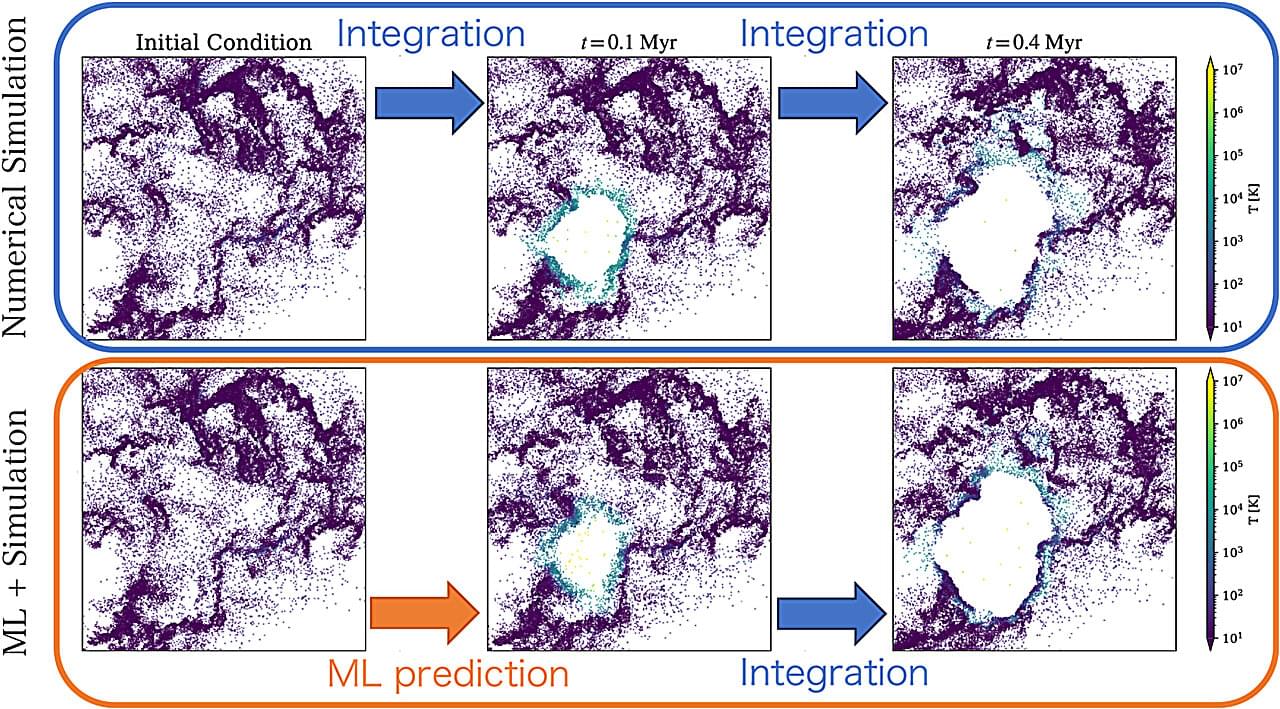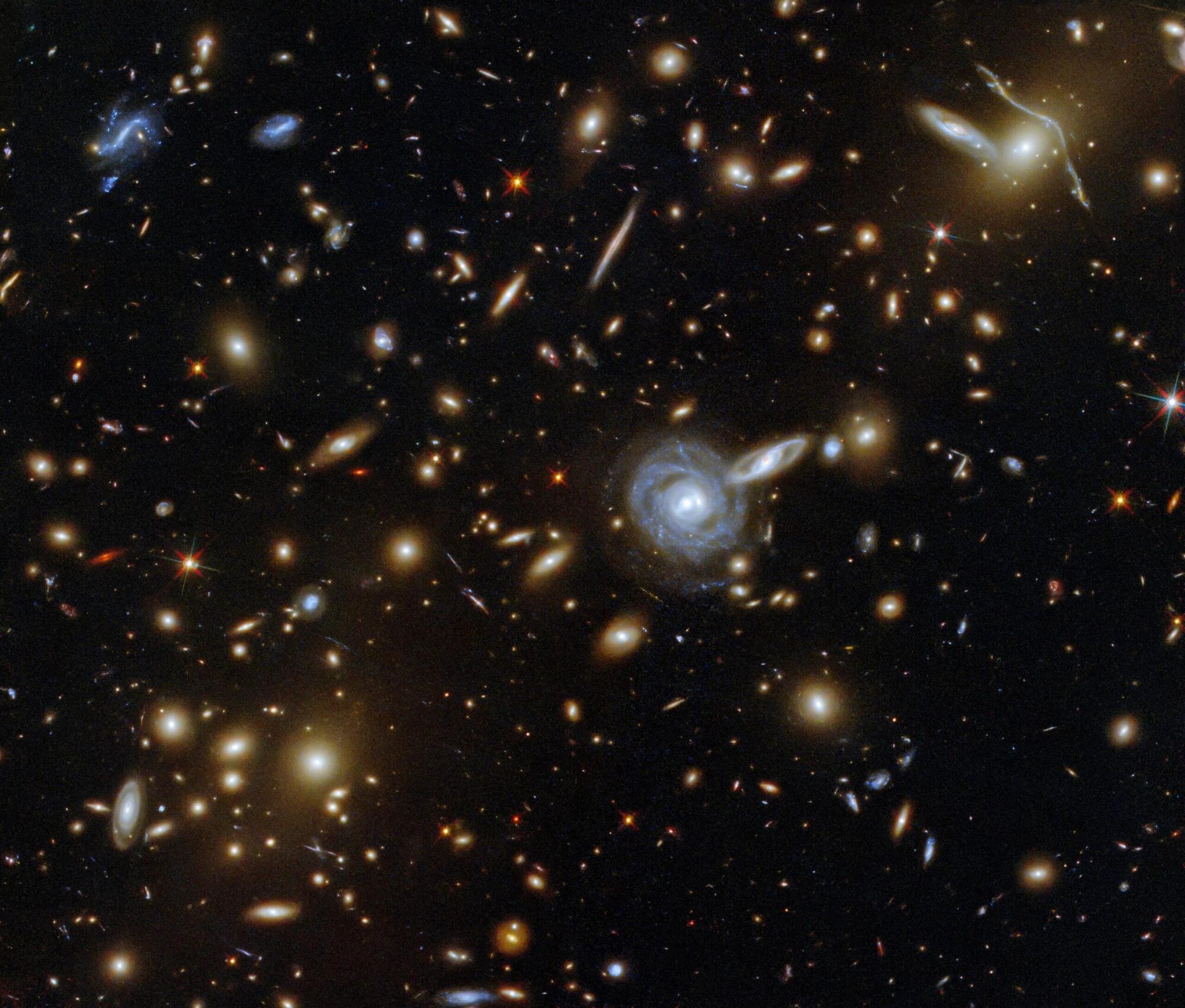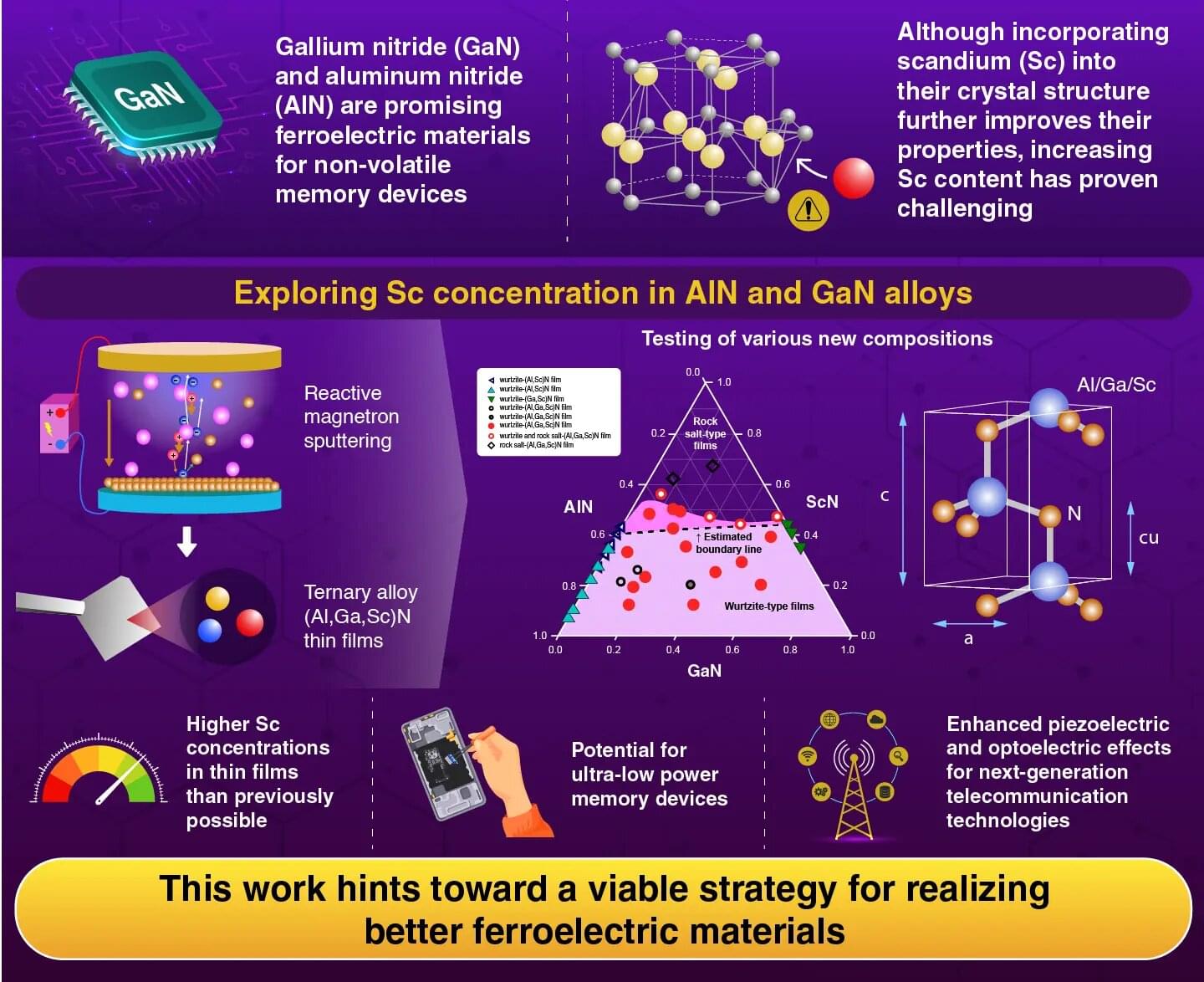Ficial and detrimental effects on the TME, and the underlying mechanisms contributing to its dual effects. It further elaborates on optimizing the beneficial aspects of therapy-induced cellular senescence while concomitantly mitigating its adverse effects in the treatment of tumors and prevention of recurrence. Finally, potential interventions, including antiaging drug therapies, senescence inducers, senescence clearance agents, and inhibition of adverse senescence-associated secretory phenotype (SASP) production were explored to inhibit the harmful SASP induced by therapy, with the aim of limiting the production of detrimental SASP in the TME, thereby reducing the risk of tumor recurrence.








